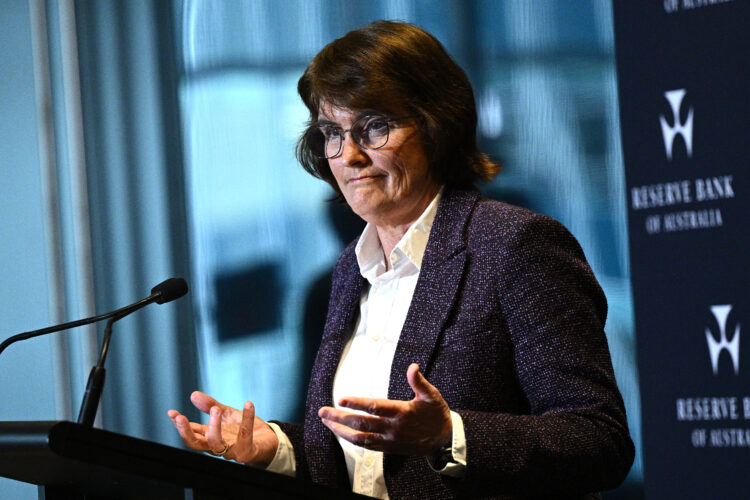Michele Bullock is holding her press conference and says that monetary policy is doing its job, but the RBA is worried about some of the lag of the earlier rate rises (it takes time for the impacts of rate cuts to flow through to the economy)
Here is her opening statement:
On balance, domestic data since the August meeting have been in line with or a little stronger than what we’re expecting in our forecasts. The labour market remains solid, and although employment growth has been slower in recent months, we judge it’s still a little tight relative to full employment. Inflation remains within the target range, but recent data indicate there could be a bit more upward pressure than we thought, in August.
The June quarter national accounts also gave us a bit more confidence that recovery in the private sector demand, particularly household consumption, is progressing as we expect in our August forecasts, we expected global growth to slow, partly reflecting the impact of tariffs and changing trade flows.
Since then, there has been some weaker than expected data from China, but the trade volumes have held up and it’s still expected that the authorities would provide support if needed. Data from the United States has been more mixed with weak employment data, but relatively strong activity data.
The board sees the risks as broadly balanced and it remains data driven by the next meeting in November, we’ll have more data on the labour market and inflation data for the September quarter. We’ll also have some more forward looking indicators, including from liaison and an updated set of forecasts.
We know that high inflation has pushed up prices across the board over the past few years. And while inflation has fallen a lot, the price level isn’t coming back down and this higher price level affects everyone. And it’s been especially tough on people of lower incomes and the more vulnerable. This is why it’s so important to keep inflation low and stable and unemployment as low as possible.
